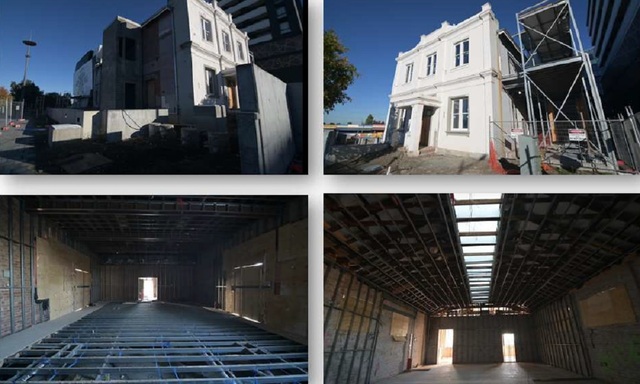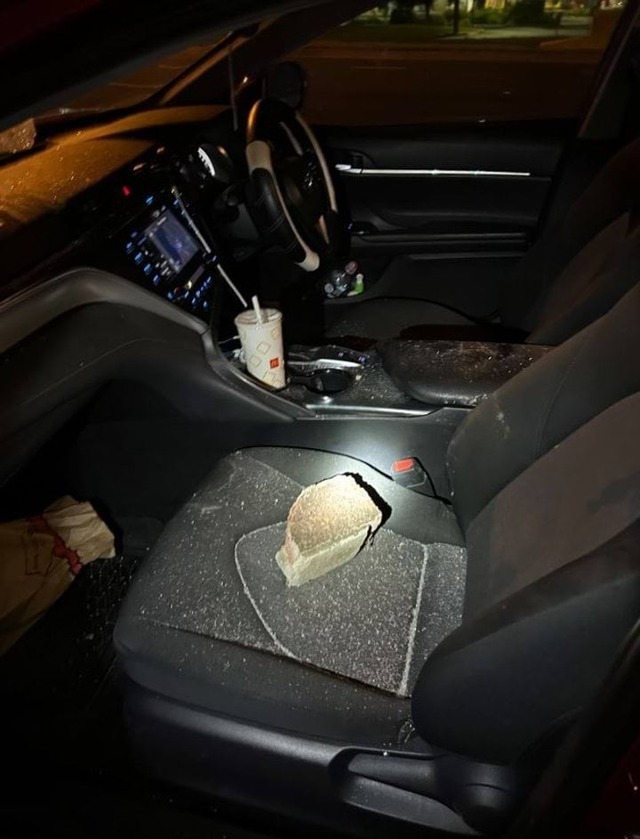Greater Dandenong councillors have endorsed the “cannibalising” of a laneway project to help fund a $6.24 million blowout in the long-delayed Dandenong New Art gallery works.
Vanity Lane was intended to be a pedestrian-priority link between 275 Lonsdale Street and Thomas Street that would help revitalise the ailing business district.
In a heated debate on 8 July, councillors voted to stop the Vanity Lane project, investigate selling the historically-significant Lonsdale Street building and divert funds into saving the DNA gallery.
The rest of the DNA blowout would be covered by allocations from the council’s Dandenong Activity Centre Precinct Reserve and its Major Projects Reserve.
According to council officers, the Vanity Lane project – with detailed design work about 75 per cent complete – faced a $1 million-plus shortfall.
It also had a safety flaw in the design, with waste vehicles and loading vehicles sharing the pedestrian space.
In opposition, Cr Rhonda Garad said “cannibalising” Vanity Lane was “incredibly short-sighted”.
She said businesses and residents had been banking on the activation link as a “crucial part” of revitalizing central Dandenong.
It was needed to even out the foot traffic between the Thomas Street “success-story” and the Lonsdale Street “ghost town” – and to create a thriving precinct from Dandenong Plaza up to DNA gallery.
Also opposed was Cr Tim Dark who said the council had acquired the fire-damaged 275 Lonsdale Street building and spent “thousands” in the planning, specifically to revitalize the struggling main street.
“Go down Lonsdale Street, in business hours, on the weekend – 24/7 Lonsdale Street is struggling.
“All of the traders directly affected were so desperate to get this over the line.”
The council was set to “kill” the project and raid dwindling reserves to cover up the “substantial error” with the DNA project, he said.
In favour of the move, Cr Sean O’Reilly said he’d “love to tell residents you can have your cake and eat it too” but the council was hit by “financial constraints” such as escalating construction costs.
“We have to be responsible with our capital works program. We don’t want to be completely debt-ridden and inflexible to future shocks that might strike this council.
“Councillors shouldn’t be building expectations in the community on a whole raft of projects that realistically won’t be delivered.”
A council website describes 275 Lonsdale Street as a “site of historic significance” – the home of pharmacies run by the notable Couve and McKeon families as well as a state-significant botanical collection.
A pair of boys from the Couve family were among the first from Dandenong killed at Gallipoli in World War I.
Meanwhile, the DNA contemporary art gallery set in a former Masonic hall at 5 Mason Street is expected to be completed by late-2026.
The troubled project was originally due to open as a “state-of-the art” attraction in mid-2021 but has been at a standstill with a dispute with builder Harris HMC as well as with Covid-related supply, labour and cost issues.
Last year, the council attempted to take over the job and rectify “unacceptable” steel framing in the building as well as inground services to “derisk” the project for future builders.
According to the latest report, the majority of those works were complete but photos depict an empty shell without a floor. The steel structure frame is currently located off-site.
The exact cost for the project was unknown at this stage, according to council officers.
In its recently adopted 2024-‘25 budget, the council was set to borrow $75 million in four years to build Dandenong Wellbeing Centre, Keysborough South Community Hub and the now-under-threat Dandenong Community Hub.
The debt burden – to peak at $105 million in three years – has been nominated as among the council’s ongoing financial challenges.
At the same time, the council undertook a review of its major capital works, with an “understanding” that “all projects would not be able to be delivered in their current scope”.







